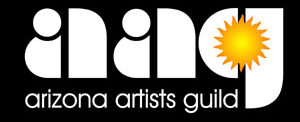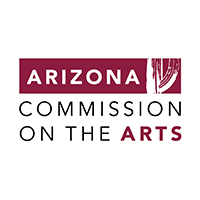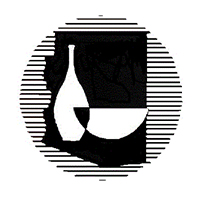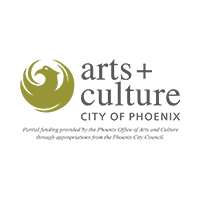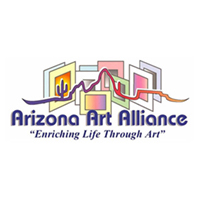 Happy Spring!
Happy Spring!
What a vibrant time of year! Wildflowers bloom as the landscape awakens from it slumber and the air is abuzz with creative energy and happenings. Every weekend hosts an arts festival somewhere. The Canal Convergence in Scottsdale, Spark Festival at Mesa Center for the Arts, Art Detour in downtown Phoenix, Art Expo and the Celebration of Fine Art white tent shows in Scottsdale are just a few that come immediately to mind.
I probably missed more opening than I attended – and I attended a LOT! Congratulations to all of our members and friends of AAG who participated in these events either by organizing or exhibiting. It has been a stellar couple of weeks.

Steven Tepper
photo: Phoenix New Times
In early March, I was fortunate to attend a lecture by Steven Tepper, Dean of Arts and Sciences at ASU. If you are not familiar with him, you should be. With sociology degrees from Princeton and Harvard he brings a unique and fresh perspective to the roles of the artist and arts educator. His ideas have become national initiatives, breaking beyond the boundaries of his ASU campus.
Tepper began his talk posing two questions: ‘what is the nature of creativity in our world’ and ‘what is the role of the artist’? With these questions as the compass, he took us on a historical journey looking at art through the lens of the sociologist. Essentially, he posed that since the 19th century, art was part of everyday life. If you wanted to listen to music, you played it. If you wanted to hear Shakespeare, you recited it. If you wanted pictures of your family or loved ones, you painted them. With industrialization came the gap between us and art as an ‘every-person expression’. Suddenly, the artist was on a pedestal, the act of making art was idealized and out of reach for the ‘non-artist’.
He shared a lot of data and statistics. What was interesting to me was that in 1950 there were 250 non-profit arts organization. Today there is over 100,000. This growth redefined how society viewed art and broadened the gap between society and the artist even more. Today we are poised to see even more change. As artists we will have to reimagine how we interact with society and how we invite society to interact with our art.
No one can predict what the future will hold. The present time does not have room for complacency. That thought takes me full circle to Tepper’s initial questions: ‘what is the nature of creativity in our world’ and ‘what is the role of the artist’? I would like to reframe those questions to make them a little more personal – ‘what is the nature of your creativity’ and ‘what is your role as an artist’?
Have a wildly creative month,
Tess
